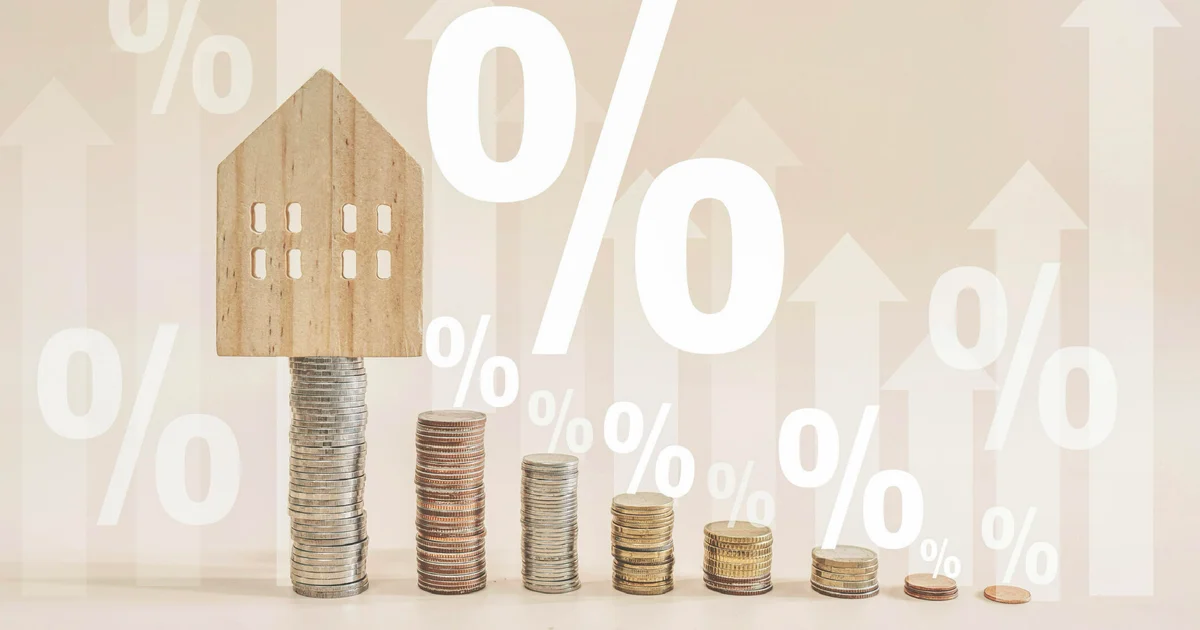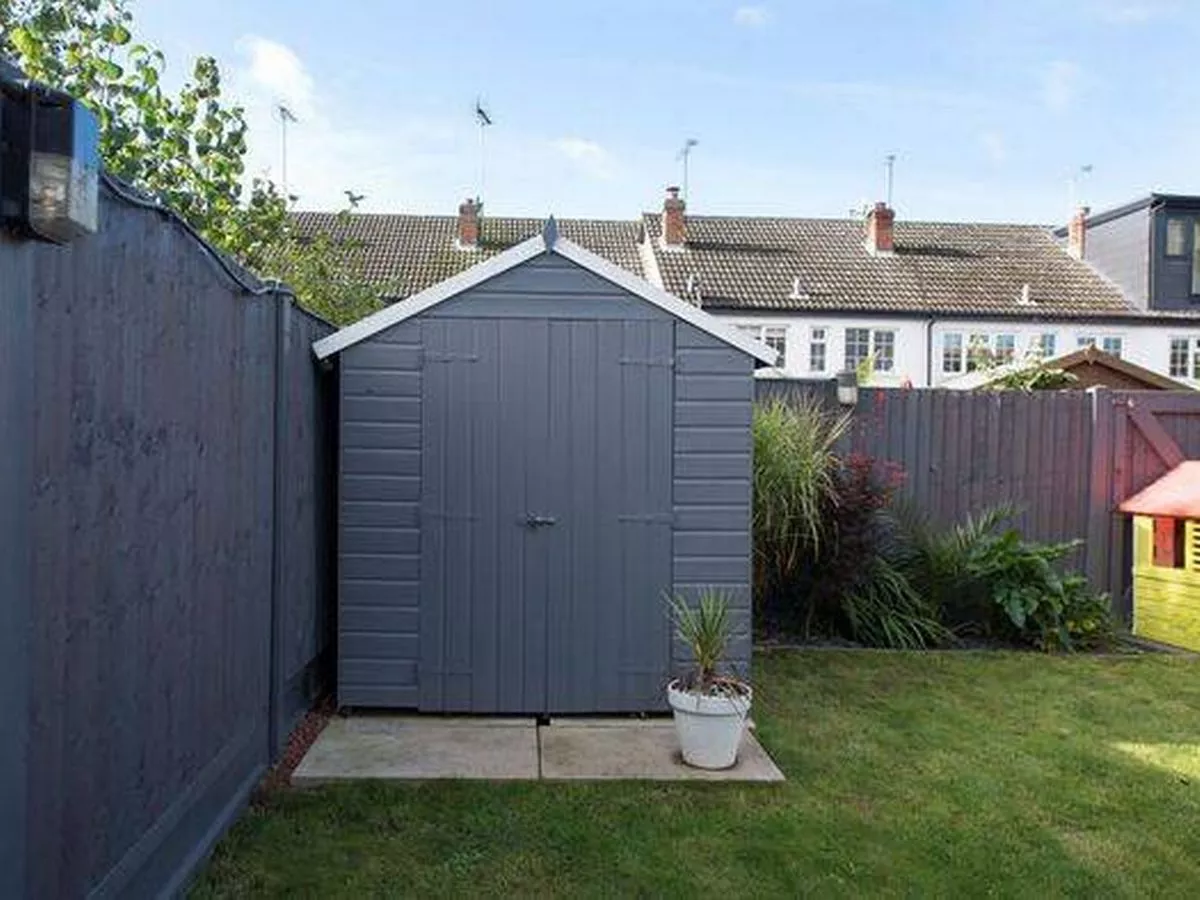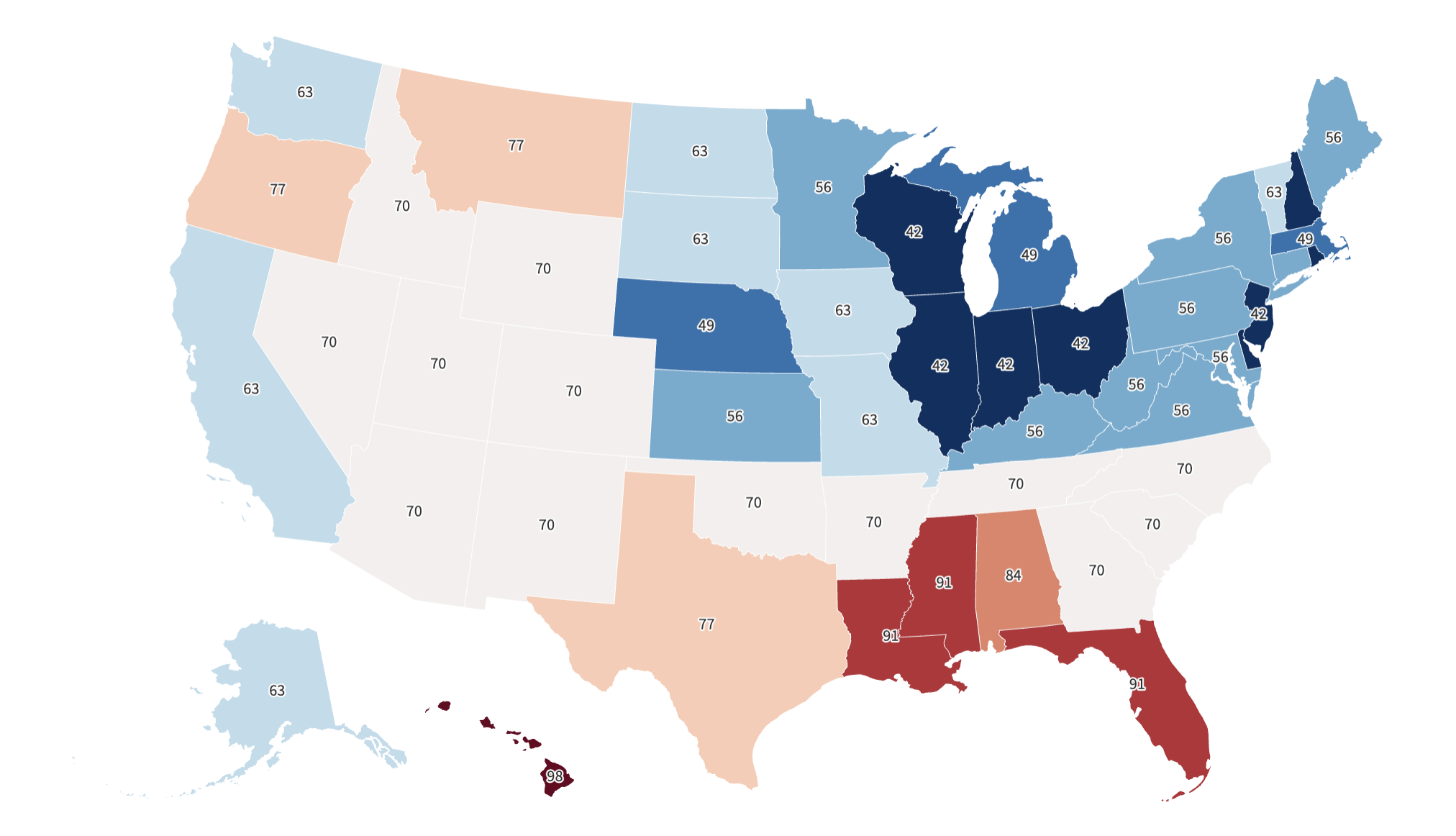
The Federal Reserve delivered its first interest rate cut since December 2024 this week, lowering its benchmark rate by a quarter-point to a range of 4.00% to 4.25%. The move represents a significant policy shift for the central bank, which had maintained a cautious approach throughout most of 2025, leaving borrowers to face elevated rates amid a tough economic landscape. But while analysts and experts widely anticipated that the Fed would cut rates this month, the Fed also noted during the rate cut announcement that more action may come by year’s end.
The context behind this move makes this decision particularly noteworthy. Through the first half of 2025, rates remained unchanged as policymakers wrestled with stubborn inflation and uncertainty surrounding newly implemented economic policies. The Fed’s approach did not work as hoped, though, as inflation remained stubborn and then rose again over the last few months. However, mounting concerns about labor market weakness — including higher-than-expected unemployment levels — ultimately convinced Fed officials that the risks of waiting outweighed the benefits.
Mortgage rates responded before the rate cut was even official, with the average 30-year fixed rate dropping to approximately 6.13% just before the close of the September meeting. That decrease is a dramatic improvement from the 7%-plus rates that dominated early 2025. As a result, a $750,000 mortgage at today’s rates costs a lot less each month than it would have just months ago. Below, we’ll break down what those monthly payments could look like now.
Learn how affordable your monthly mortgage payments could be now.
What are the monthly payments on a $750,000 mortgage now that the Fed has cut rates?
The recent decline in mortgage rates may appear incremental on paper. However, when you’re borrowing close to a million dollars for a home, every basis point matters for your monthly budget and overall financial planning.
At today’s average rate of 6.13% for a 30-year fixed mortgage, the payment on a $750,000 loan comes to $4,559.50 per month. This represents the principal mortgage loan payment and interest before factoring in property taxes, homeowner’s insurance and any private mortgage insurance requirements.
To put this improvement in perspective, let’s consider where mortgage rates stood at the start of 2025. When 30-year mortgage rates averaged about 7.04% in early January, the monthly payment on the same $750,000 loan would have been approximately $5,009.93. The difference amounts to more than $450 per month, or roughly $5,400 annually in reduced housing costs.
Those types of savings can add meaningful financial flexibility to the budgets of borrowers across different market segments. For move-up buyers, a savings of $450 per month might mean the difference between a stretched budget and a healthy debt-to-income ratio. For other homebuyers, those savings could free up extra cash flow for other investments or home improvements. And for those refinancing existing loans, these types of rate savings represent a compelling opportunity to restructure their housing debt more favorably.
The long-term implications are even more dramatic. Over the complete 30-year mortgage loan term, the difference between borrowing at a 7.04% rate versus a 6.13% rate adds up to more than $160,000 in total interest savings. This underscores why timing mortgage decisions around rate cycles can have a profound impact on your finances, particularly when it comes to high-value home purchases where the absolute dollar amounts are substantial.
Compare your mortgage loan options and find the right one for you today.
How much would it cost to refinance a $750,000 mortgage at today’s rates?
While homebuyers can benefit from this week’s rate drop, current homeowners shouldn’t overlook the refinancing opportunities created by the Fed’s pivot. While the savings potential varies based on loan terms and other circumstances, here’s what the monthly payments would look like on a $750,000 mortgage at today’s average refi rates:
A 15-year refinance at 5.98%: With this rate and term, the monthly principal and interest payments on a $750,000 mortgage loan refi would be $6,320.83. While this represents a higher monthly commitment compared to 30-year options, the shorter amortization period allows homeowners to build equity faster and achieve significant interest savings over the loan’s lifetime.
A 30-year refinance at 6.67%: For homeowners preferring to maintain lower monthly payments while spreading costs over a longer period, the monthly 30-year refinance loan payment would be $4,824.67 at today’s average rates. This strategy keeps more cash flow available for other financial goals while still capturing the benefits of today’s improved rate environment.
The bottom line
The Federal Reserve’s rate cut has delivered tangible relief to the mortgage market, with 30-year rates settling near 6.13% — their most attractive levels in nearly three years. For buyers considering a $750,000 mortgage, this translates to monthly savings of about $450 compared to payments that came with the rate environment at the start of 2025.
These improved conditions create opportunities across multiple buyer categories. For those entering the housing market, lower rates enhance purchasing power and monthly affordability. For existing homeowners with higher-rate mortgages, refinancing opportunities have become substantially more attractive. And, the potential for additional Fed rate cuts later this year adds another layer of optimism to the equation.



